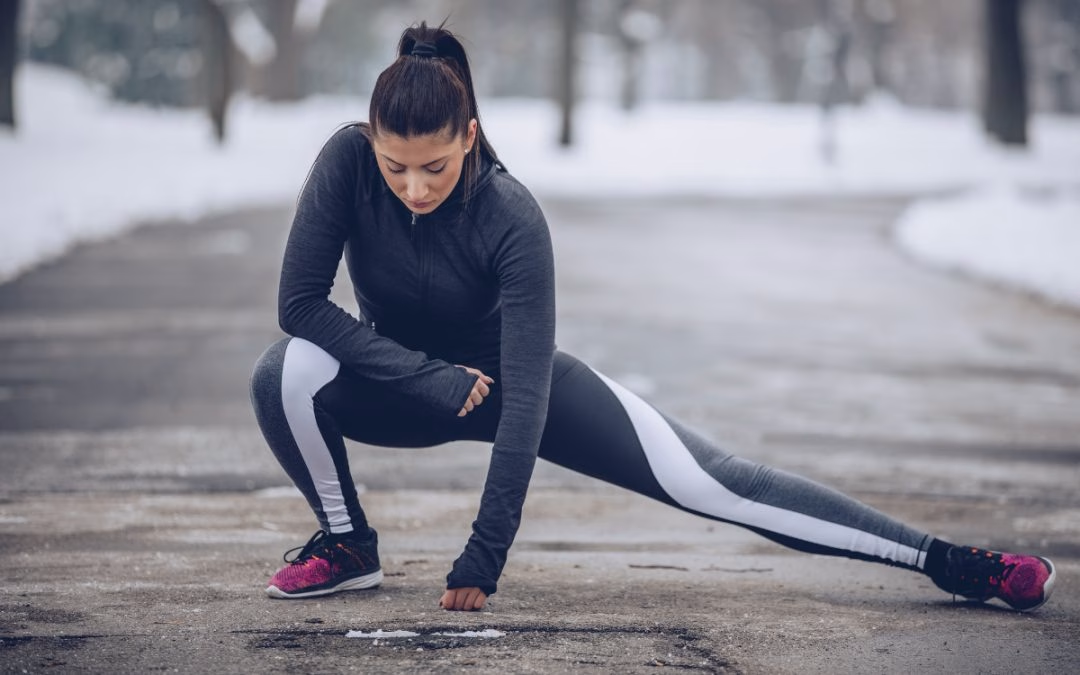by | Jul 30, 2024 | Healthy Living

Could This Be Heat Rash?
When the weather heats up, your skin might start to feel a little more sensitive. Perhaps you’ve noticed some red bumps or an uncomfortable prickling sensation. You’re left wondering, “Could this be heat rash?” Understanding the symptoms and knowing how to treat and prevent heat rash can help you manage this irritating condition, especially during the hotter months.
What Is It?
Heat rash, or prickly heat (medically known as miliaria), is a skin condition that occurs when sweat becomes trapped under the skin due to blocked sweat ducts. This condition often arises in hot and humid environments where sweating is excessive. The trapped sweat leads to irritation, resulting in a rash that can range from mildly uncomfortable to quite painful.
Whether you’ve been exercising outdoors or simply spending time in a warm environment, heat rash can develop quickly and unexpectedly. The good news is that once you understand the signs, you can take steps to treat it and avoid future outbreaks.
Common Symptoms: How to Spot Heat Rash
So, how do you know if you’re dealing with heat rash? Here are the telltale signs:
Tiny Red Bumps
One of the most noticeable symptoms of heat rash is the appearance of small red or pink bumps on the skin. These bumps may be accompanied by a sensation of prickling or itching, which is why it’s often called “prickly heat.”
Clear Blisters
In milder cases, such as miliaria crystallina, you might notice tiny, clear blisters. These blisters don’t usually cause pain or itching but can be an indicator of heat rash, particularly if they’re clustered in areas where sweat tends to accumulate.
Itchy or Prickling Sensation
The itching or prickling sensation often associated with heat rash can be one of the most uncomfortable aspects of the condition. This irritation tends to worsen as you continue to sweat or if the affected area remains warm.
Areas Most Affected
Heat rash most commonly appears in areas where sweat gets trapped, such as the neck, chest, back, under the arms, and in skin folds. For infants, the rash is often seen on the neck, shoulders, and chest due to the heat and friction from clothing.
Why Does Heat Rash Develop?
Understanding what triggers heat rash can help you prevent it. The primary cause is blocked sweat ducts, but several factors can contribute to this issue:
High Temperatures and Humidity
Warm, humid weather is a prime environment for heat rash to develop. The combination of heat and moisture causes your body to sweat more, increasing the risk of sweat becoming trapped under the skin.
Excessive Sweating
Whether you’re engaging in vigorous physical activity or simply sitting in a hot room, excessive sweating can overwhelm your sweat ducts, leading to blockages and subsequent heat rash.
Tight or Synthetic Clothing
Wearing tight clothing or fabrics that don’t breathe well, like polyester or nylon, can trap sweat against your skin. This lack of ventilation can prevent sweat from evaporating, causing it to get stuck beneath the skin’s surface.
Prolonged Bed Rest or Overheating
Heat rash can also occur in individuals who are bedridden, as prolonged skin contact with sheets can lead to sweat accumulation. Additionally, fevers or other conditions that cause overheating can increase the likelihood of developing heat rash.
Managing Heat Rash: Effective Treatment Strategies
If you suspect you have heat rash, there are several steps you can take to relieve symptoms and speed up recovery:
Move to a Cooler Environment
The first step in managing heat rash is to reduce your body temperature. Seek out a cool, shaded area or an air-conditioned space to prevent further sweating and allow your skin to breathe.
Switch to Loose, Breathable Clothing
Choosing loose-fitting, lightweight clothing made from natural fabrics like cotton can help your skin stay cool and dry. These fabrics allow air to circulate, reducing sweat buildup and preventing further irritation.
Gently Dry the Skin
If the affected area is sweaty, gently pat it dry with a clean towel. Avoid rubbing the skin, as this can worsen the irritation and spread the rash.
Avoid Using Heavy Creams
While it might be tempting to soothe the rash with creams or ointments, heavy products can actually block sweat ducts further. Instead, opt for a light, water-based lotion if needed, or avoid applying anything at all to let your skin heal naturally.
Cool Compresses and Oatmeal Baths
Applying a cool, damp cloth to the rash can provide immediate relief from itching and help reduce inflammation. Similarly, soaking in a lukewarm bath with colloidal oatmeal can soothe the skin and calm irritation.
Use Over-the-Counter Anti-Itch Remedies
If the itching is particularly bothersome, over-the-counter treatments like calamine lotion or hydrocortisone cream can help reduce discomfort. These products are easy to find and can be applied directly to the affected area.
Preventing Heat Rash: Tips for Staying Cool and Comfortable
While treating heat rash is important, preventing it is even better. Here are some strategies to help you avoid this uncomfortable condition:
- Stay Cool and Hydrated
- Whenever possible, stay in well-ventilated, air-conditioned spaces during hot weather. Drink plenty of water to keep your body hydrated and help regulate your temperature.
- Wear the Right Clothing
- Choose loose, breathable fabrics that allow your skin to stay cool. Avoid tight-fitting clothes that can trap sweat and irritate your skin.
- Take Breaks During Physical Activity
- If you’re exercising or working in a hot environment, take regular breaks to cool down. This can prevent overheating and reduce the risk of sweat becoming trapped under your skin.
- Use Fans or Air Conditioning
- Keeping your living and working environments cool is key to preventing heat rash. Fans and air conditioning can help maintain a comfortable temperature and reduce humidity.
Heat rash is generally a temporary condition that resolves once you cool down and reduce sweating. However, if the rash persists for more than a few days, becomes painful, or shows signs of infection, such as swelling or pus, it’s important to consult a healthcare provider. Likewise, if you experience fever or other symptoms alongside the rash, seek medical advice promptly.
By staying aware of the symptoms and causes of heat rash, you can take proactive steps to manage and prevent it. Keep cool, choose breathable clothing, and be mindful of your body’s signals to enjoy the warmer months without discomfort. If you find yourself dealing with persistent or severe symptoms, don’t hesitate to reach out to a medical professional for guidance and treatment.


